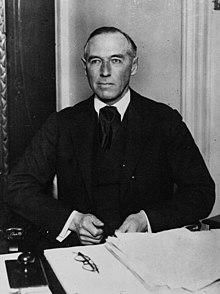The Lord Chatfield | |
|---|---|
 Chatfield in 1933 | |
| Minister for Coordination of Defence | |
| In office 29 January 1939 – 10 May 1940 | |
| Prime Minister | Neville Chamberlain |
| Preceded by | Sir Thomas Inskip |
| Succeeded by | Winston Churchill as Minister of Defence |
| Personal details | |
| Born | 27 September 1873 Southsea, Hampshire |
| Died | 15 November 1967 (aged 94) Farnham Common, Buckinghamshire |
| Military service | |
| Allegiance | United Kingdom |
| Branch/service | Royal Navy |
| Years of service | 1886–1938 |
| Rank | Admiral of the Fleet |
| Commands | First Sea Lord Mediterranean Fleet Atlantic Fleet 3rd Light Cruiser Squadron HMS Queen Elizabeth HMS Iron Duke HMS Lion HMS Southampton HMS Aboukir RMS Medina HMS London HMS Albemarle |
| Battles/wars | First World War |
| Awards | Knight Grand Cross of the Order of the Bath Member of the Order of Merit Knight Commander of the Order of St Michael and St George Commander of the Royal Victorian Order |
Admiral of the Fleet Alfred Ernle Montacute Chatfield, 1st Baron Chatfield, GCB, OM, KCMG, CVO, PC, DL (27 September 1873 – 15 November 1967) was a Royal Navy officer. During the First World War he was present as Sir David Beatty's Flag-Captain at the Battle of Heligoland Bight in August 1914, at the Battle of Dogger Bank in January 1915 and at the Battle of Jutland in May 1916. After the war he became Commander-in-Chief, Atlantic Fleet and then Commander-in-Chief, Mediterranean Fleet before serving as First Sea Lord in the mid-1930s in which role he won arguments that the Royal Navy should have 70 cruisers rather than the 50 cruisers that had been agreed at the Naval Conference of 1930, that the battleship still had an important role to play despite the development of the bomber and that the Fleet Air Arm should be part of the Royal Navy rather than the Royal Air Force. He subsequently served as Minister for Coordination of Defence in the early years of the Second World War.